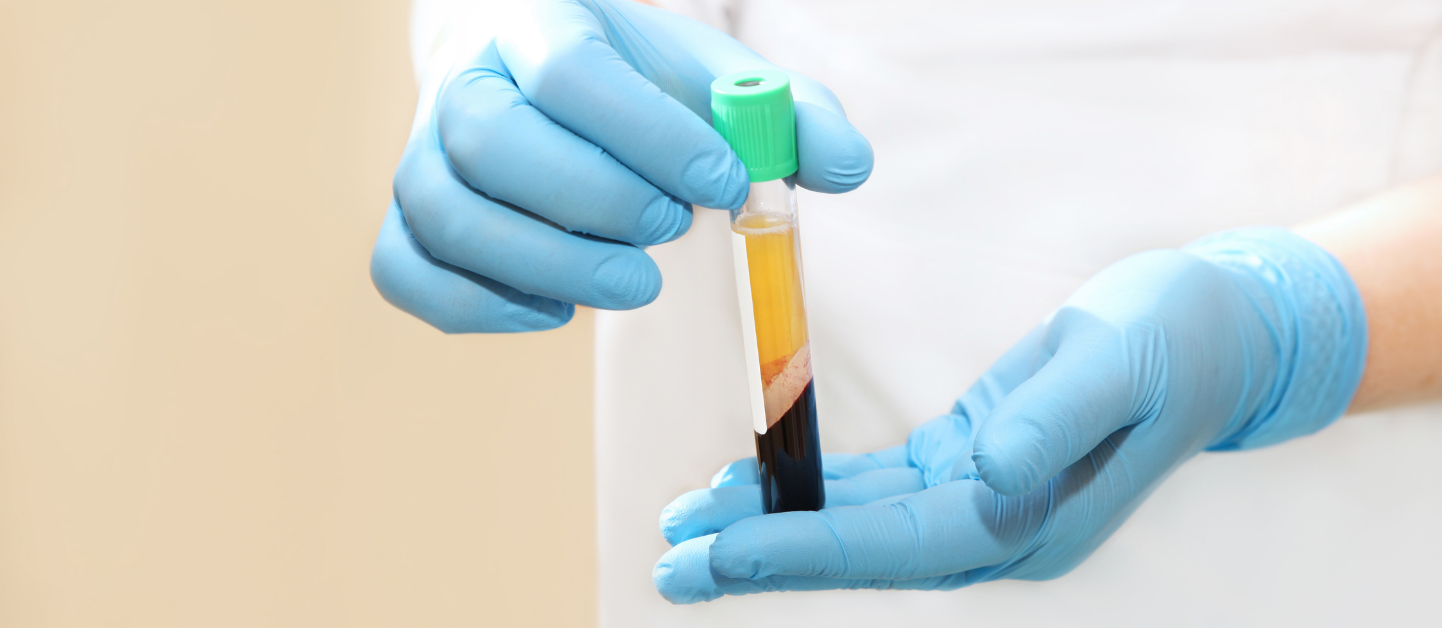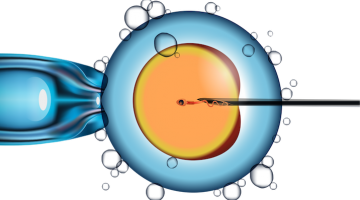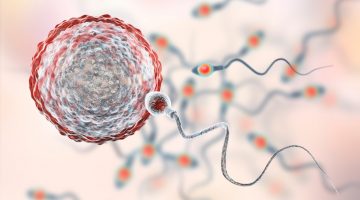PRP Procedure for IVF and Recurrent Implantation Failure

In recent years, Platelet- Rich Plasma (PRP) has been used alongside conventional fertility treatments like In Vitro Fertilization (IVF) to improve egg quality, uterine lining thickness, and endometrial receptivity, primarily in the treatment of recurrent implantation failure experienced over multiple IVF cycles. While there is not yet a rich source of scientific literture showing it’s overall effectiveness, it is being used more and more frequently due to its clinical success.
What is PRP?
PRP is a concentrated blood product that contains a high percentage of platelets (biomolecules with natural healing and regenerative properties). To understand more, let’s take a step back and look at blood as a whole. In general, whole blood is composed of 4 main components:
Plasma: the liquid component of blood that consists mostly of water, dissolved salts and proteins. It constitutes more than half of blood volume and provides the medium for all other components in the blood to be transported throughout the body.
Platelets: Also known as thrombocytes, platelets are cell-like particles that help in the clotting process and release other substances and growth factors.
Red Blood Cells: Also called erythrocytes, red blood cells carry oxygen is involved in the exchange of Oxygen and Carbon Dioxide, brining oxygen to tissue, and removing carbon dioxide from the body.
White Blood Cells: Also known as leukocytes) are white blood cells are primarily responsible for the body’s immune system.
According to Dr. Maribelle Verdiales, the platelets in PRP “contain multiple growth factors that normally help your body heal once your body has an injury somewhere in the body. They have been shown to help with accelerate healing and cause some level of anti-aging . . . that’s why it’s been used for the last 20 years in different areas of medicine.
How is PRP prepared?
PRP is most often used from the person’s blood undergoing the PRP therapy but can be made from another individual’s blood.
Step 1: The PRP process starts with a healthcare professional drawing a sample of blood similar to how they would normally collect tubes of blood.
Step 2: The blood is centrifuged (put in a machine that spins very quickly causing the different components of blood to separate) for about 15 minutes.
Step 3: A lab technician collects the plasma (now rich in platelets and devoid of cellular components) in preparation for its injection.
How is PRP used for IVF and other fertility Treatments?
PRP is used in a number of fertility treatments including IUI and IVF to assist with and improve egg quantity/quality and improve uterine lining thickness/enhance endometrial receptivity during an embryo transfer. It is most often used in those who have undergone multiple IVF cycles with a history of recurrent implantation failure (RIF), a condition in which multiple IVF transfers do not result in pregnancy despite high-quality embryos being transferred on multiple occasions. PRP is usually tried before turning to donor egg IVF, but may be used alongside donor egg cycles along with other supporting treatments focusing on reproductive immunology.
PRP for Egg Quantity & Quality
PRP may be used to encourage an improvement in egg quality, ovarian rejuvenation, and response to stimulation medications.
There are two ways/procedures in which PRP may be used to improve oocyte quality and quantity:
Intraovarian PRP
This procedure involves injecting 1-3 mls of PRP directly into the ovaries. This procedure is done under monitored anesthesia care by a physician. During the procedure a needle with the PRP is guided via ultrasound through the vaginal wall and into the ovaries where the PRP will then be deposited.
The procedure is ideally done one, two, and or three months PRIOR to the start of an IVF stimulation. It may be done at the time of an egg retrieval, but this would only be beneficial if the person were to undergo another IVF stimulation cycle.
High Volume Intrauterine PRP
During a high volume intrauterine PRP procedure, 8-10 mls are infused slowly into the uterus using an SHG catheter (with a balloon). During the process, the plasma will flow out of the uterus, through the fallopian tubes, and bathe the ovaries in the plasma. After the infusion process is complete, the individual will rest for 10 minutes with the catheter in place.
PRP for Uterine Lining Growth & Endometrial Receptivity (PRP Intrauterine Wash):
PRP may be used to improve the endometrial receptivity of the uterine lining prior to an embryo transfer. This is typically done 48 hours prior to the anticipated embryo transfer. During the procedure, approximately 3-5 mls are infused in the uterus using an IUI catheter. The patient will rests for 10 mins and is subsequently discharged for normal daily activity. This procedure may be performed by an RN, NP, PA, OBGYN, or reproductive endocrinologist.
If the infusions are intended for lining development (usually for someone with a history of failing to develop an adequate uterine lining) the uterine wash may be performed in a series of procedures. The first PRP infusion would be done at the initial lining check and then repeated 72 hours later if the lining remains inadequate.
Cost of PRP for IVF
The cost of PRP varies greatly on when and how it is performed but ranges from $300-1600.
Bottom Line
Despite a large backing of current scientific literature, PRP is a great treatment to consider alongside your fertility specialist in the treatment of recurrent implantation failure.
As PRP is still considered experimental and at the forefront of fertility treatment innovation, it is not yet offered widely at all fertility clinics. To discuss your options here at CNY Fertility, your first step is scheduling a consultation to speak to one of our fertility specialists.







